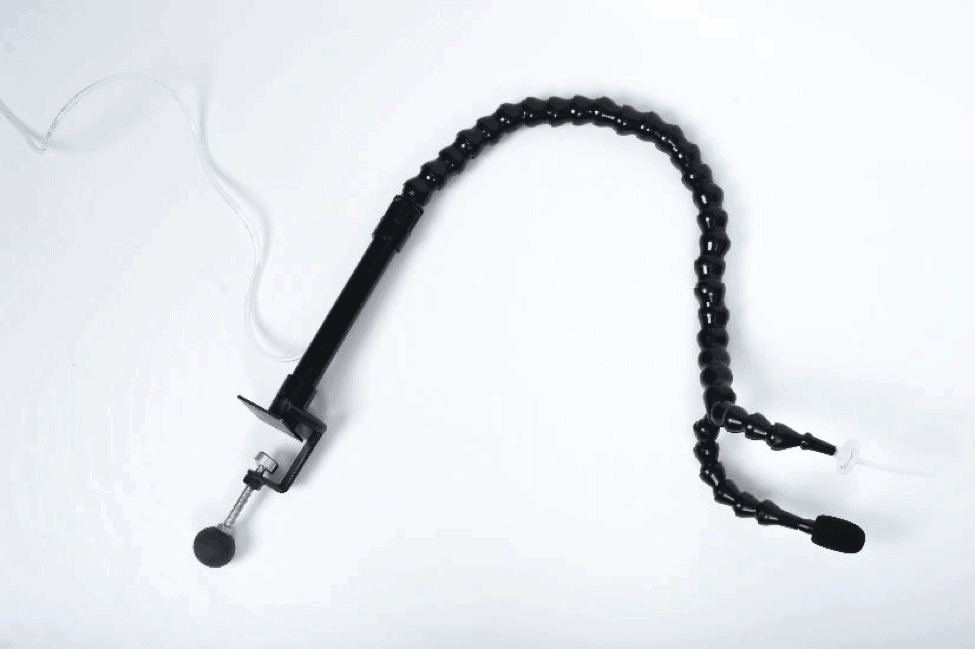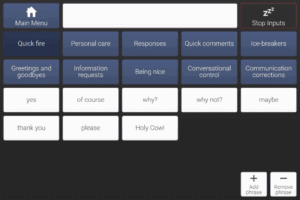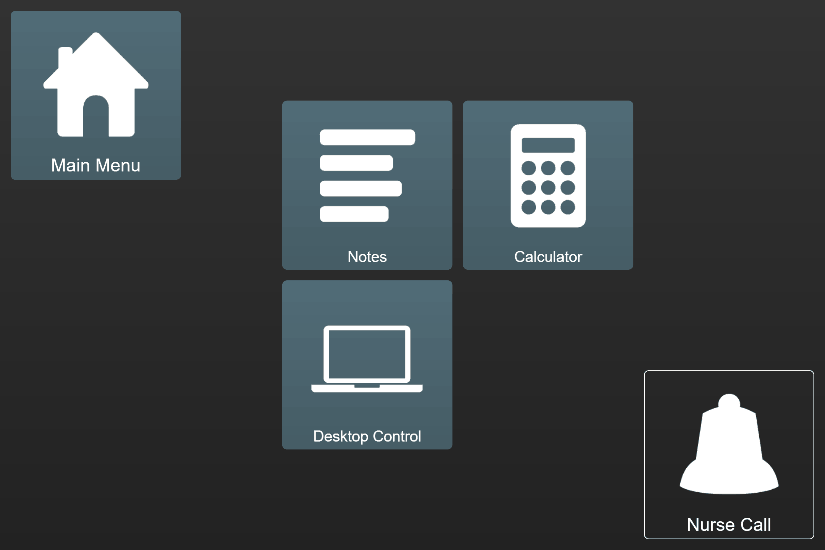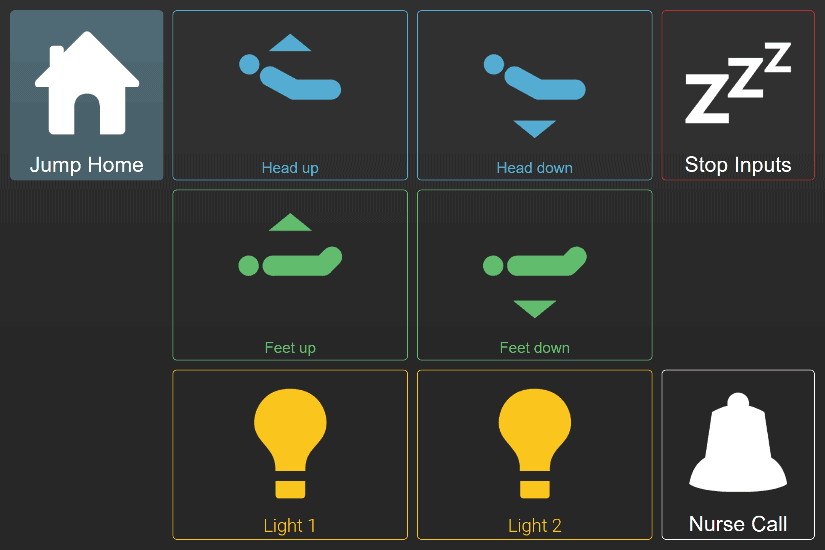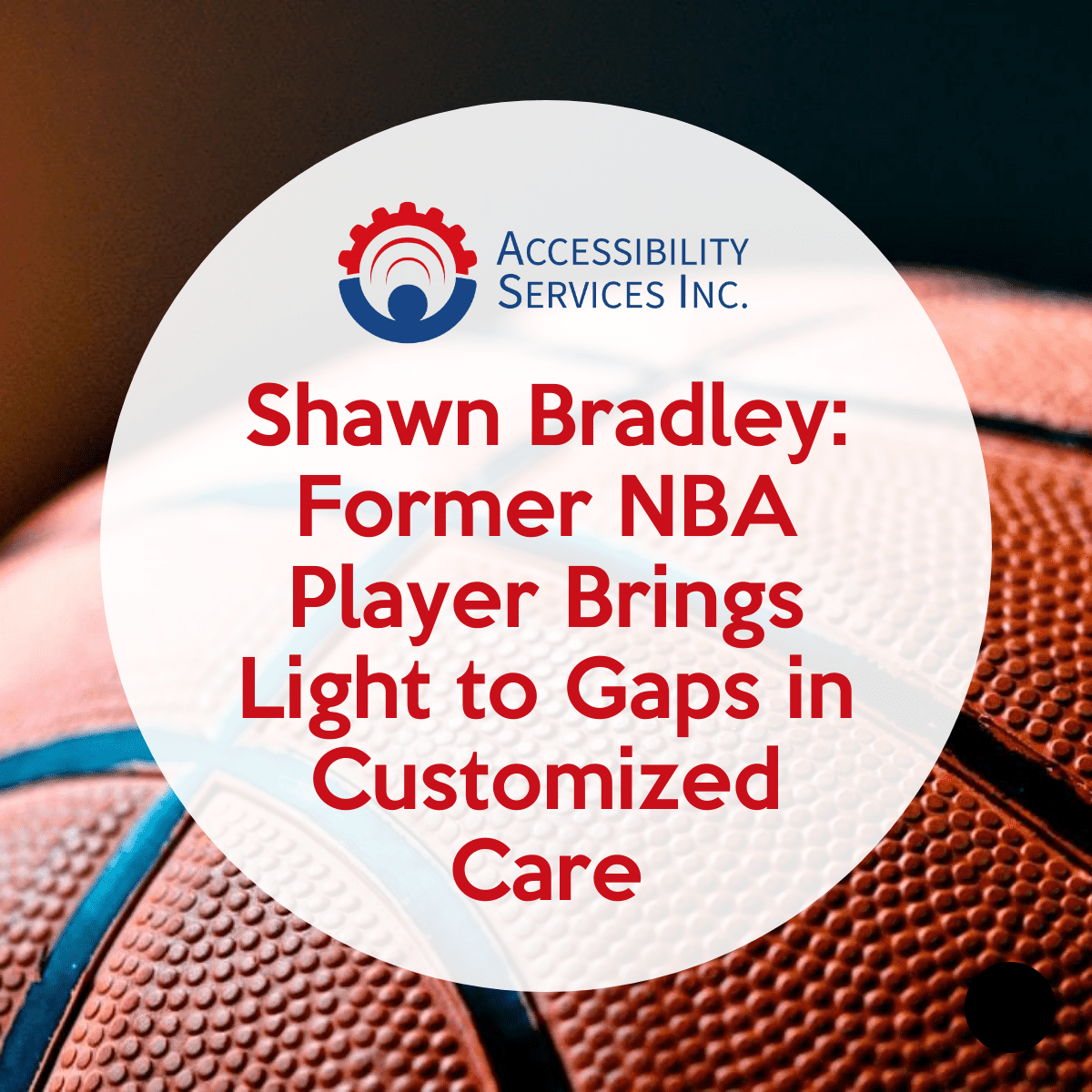
Longtime basketball fans will remember the No. 2 pick in the 1993 NBA draft, Shawn Bradley, his 12 seasons as a dependable defender on the court, and his towering height. In January of 2021, Bradley’s life was changed by a cycling accident and suddenly the height that had played a major role in his life was becoming a hindrance in his treatment and recovery.
As Bradley and his family waited three weeks in the ICU for updates on his condition, it was already clear that his height (7 feet 6 inches) would add complications to his care. After inspecting his spinal cord, a surgeon diagnosed Bradley with C6 quadriplegia. An injury like his often results in a loss of sensation and function from the top of the rib cage down as well as a lack of strength and functionality in the triceps and muscles in a hands and forearms. Typically, people with this diagnosis will still maintain control of their shoulders and biceps.
Bradley was eventually moved to an inpatient neurological rehab wing where his care team worked to solve a unique challenge. Dr. Bryndon Hatch, the leader of Bradley’s recovery team, visited past cases, conducted some research, and consulted with peers. He discovered that finding an established plan for managing quadriplegia for a patient at this height was uncommon.
Dr. Hatch and the team of therapists working with Bradley had to completely redesign their approach, processes, and equipment to accommodate his unique circumstances:
- Bradley was unable to fit in the hospital shower, so he had to be moved to a separate space for bathing.
- Due to his size—now weighing 350 pounds—nursing staff and therapists had to learn a new way to transfer him from beds, chairs, and exam tables.
- The utter depth of his torso required the team to reconfigure an ultrasound machine.
- A padded table was placed at the end of his hospital bed so his feet would not hang off the end.
- A custom power wheelchair had to be designed specifically for Bradley, and while he waited patiently for it, he was forced to use a makeshift headrest made of padding duct-taped to a board and fixed to the largest chair available.
As you can see, Bradley’s height shed a light on gaps in assistive technology and occupational therapy treatments and the importance of customizing patient care.
“Accessibility for all,” is the cornerstone of our research and development at Accessibility Services, Inc. as we continue to improve on the autonoME assistive technology platform. Customizing an individual’s transitional care ecosystem to cater specifically to their needs is exactly what we mean when we say, “…start with the customer and work backwards.”



 Environmental control units (ECU), including hospital ECU devices, are designed to give individuals with disabilities, including individual with quadriplegias, freedom to control their surroundings. Custom environmental control units are specially designed to meet the needs of each individual. Both hospital ECU devices and residential ECU devices provide a plethora of benefits for both users and caregivers alike. Let’s take a closer look at some of the features of residential and hospital ECU devices:
Environmental control units (ECU), including hospital ECU devices, are designed to give individuals with disabilities, including individual with quadriplegias, freedom to control their surroundings. Custom environmental control units are specially designed to meet the needs of each individual. Both hospital ECU devices and residential ECU devices provide a plethora of benefits for both users and caregivers alike. Let’s take a closer look at some of the features of residential and hospital ECU devices: